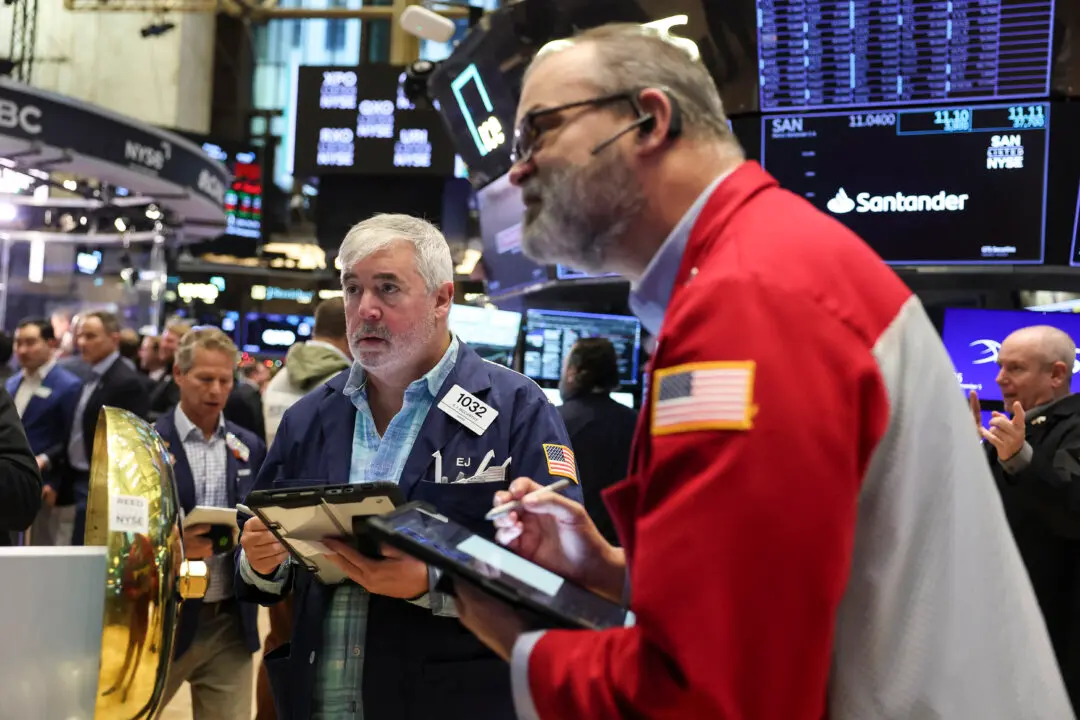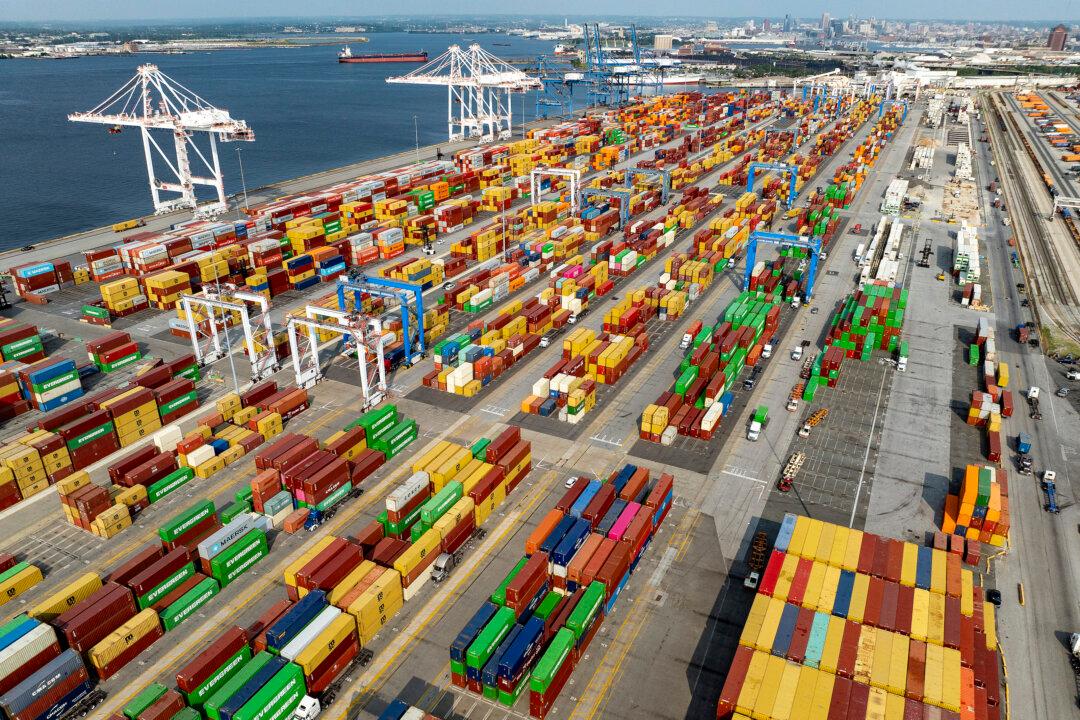Commentary
I was surprised to see a tweet from President Joe Biden showing the gross domestic product (GDP) of the United States for 2021 compared to the average GDP growth under other presidents. The tweet stated: “This didn’t happen by accident. Because of the actions we took, last year we achieved the fastest economic growth in nearly four decades.”





